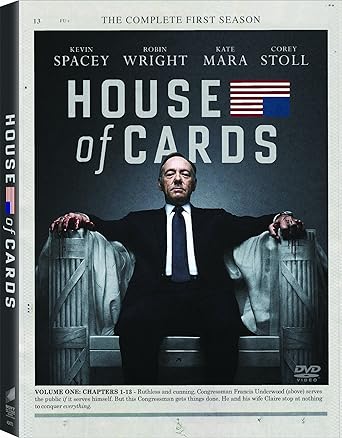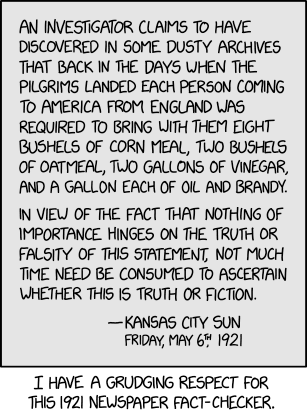From
CNET:
Between Oprah Winfrey, Steven Spielberg, J.J. Abrams and Sofia Coppola, Apple showed off a star-studded lineup for its newly unveiled Apple TV Plus service. Consistent with the Apple way of building up its products and services, the superlatives poured forth from CEO Tim Cook.
"It's unlike anything that's been done before," he said at an event on Monday at the company's Cupertino, California, headquarters' Steve Jobs Theater.
Given the talent signed on to Apple, you might be under the impression that this is a groundbreaking, must-have service.
After all, who are we to question Oprah?
But Apple's legendary track record with products may not automatically equate to success elsewhere. For one, Hollywood is a tough business and one that Apple has little experience in. Spending an estimated $2 billion on A-list talent garners a whole lot of buzz, but it's no guarantee of success. Its first forays into original programming -- Carpool Karaoke and Planet of the Apps -- flopped.
First off a quick lesson in the importance of good blogger housekeeping.
It is important to keep track of what you have and have not posted . A
number of times, I've caught myself starting to write something
virtually identical to one of my previous posts, often with almost the
same title. At the other into the spectrum, there are posts that I
could've sworn I had written but of which there seems to be no trace.
For example, living in LA, I frequently run into people in the
entertainment industry. One of the topics that has come up a lot over
the past few years is the possibility of a bubble in scripted
television. Given all that we've written on related topics here at the
blog, I was sure I had addressed the content bubble at some point, but I
can't find any mention of the term in the archives.
One of the great pleasures of having a long running blog is the ability,
from time to time, to point at a news story and say "you heard it here
first." Unfortunately, in order to do that, you actually have to post
the stuff you meant to. John Landgraf, the head of FX network and one of
the sharpest executives in television has a very good
interview on the subject of content bubbles and rather than "I told you so," all I get to say is "I wish I'd written that."
But, better late than never, here are the reasons I suspect we have a content bubble:
1. The audience for scripted entertainment is, at best, stable. It grows
with the population and with overseas viewers but it shrinks as other
forms of entertainment grab market share. Add to this fierce competition
for ad revenue and inescapable constraints on time, and you have an
extremely hard bound on potential growth.
2. Content accumulates. While movies and series tend to lose value over
time, they never entirely go away. Some shows sustain considerable
repeat viewers. Some manage to attract new audiences. This is true
across platforms. Netflix built an entire ad campaign around the fact
that they have acquired rights to stream Friends. Given this constant
accumulation, at some point, old content has got to start at least
marginally cannibalizing the market for new content.
3. Everybody's got to have a show of their very own. (And I do mean
everybody.)
I suspect that this has more to do executive dick-measuring than with
cost/benefit analysis but the official rationale is that viewers who
want to see your show will have to watch your channel, subscribe to your
service or buy your gaming system. While than can work under certain
conditions, proponents usually fail to consider the lottery-ticket like
odds of having a show popular enough to make it work. And yet...
4. Everybody's buying more lottery tickets. The sheer volume of
scripted television being pumped out across every platform is stunning.
5. Money is no object. We are seeing unprecedented amounts of money paid for original and even
second run content.
For me, spending unprecedented amounts of money to make unprecedented
volume of product for a market that is largely flat is almost by
definition unsustainable. Ken Levine takes a different
view
and I tend to give a great deal of weight to his opinions, but, as I
said before, Langraf is one of the best executives out there and I think
he's on to something.



